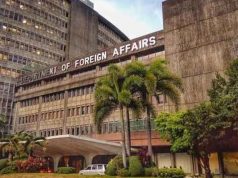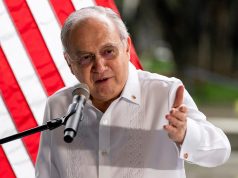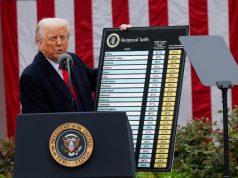
MANILA — The Philippines is allocating P256.1 billion ($4.38 billion) for defense spending in 2025, the budget ministry said on Monday, up 6.4% from this year’s budget as the country seeks to modernize and boost it external defenses.
The proposed increase in defense spending comes at a time of growing tensions with Beijing over territorial disputes in the South China Sea, which China mostly claims as its own.
The defense budget, accounts for 4.0% of the government’s proposed 6.35 trillion pesos spending plan for 2025, which the budget ministry submitted to Congress on Monday for approval.
Of the total defense budget, 204.4 billion pesos will go to land, air forces and naval forces defense programs, the budget ministry said, while 50 billion pesos will help fund the armed forces’ revised modernization plan, which reflected a shift in strategy away from internal to external defense.
The planned defense spending is dedicated to “uphold our sovereignty and territorial integrity,” Budget Secretary Amenah Pangandaman, told lawmakers.
The Philippines has said it will keep asserting its rights in the South China Sea even after it reached a “provisional arrangement” with China about its resupply missions to the contested Second Thomas Shoal.
A 2016 ruling by the Permanent Court of Arbitration in the Hague found that Beijing’s expansive claims had no basis under international law. The case was brought to the court by the Philippines, and China rejects the ruling.
Under the proposed 2025 budget, the Philippine Coast Guard, which has been carrying out patrols and escorting resupply missions in the South China Sea, will see a 6.0% increase in its budget to 31.4 billion pesos.
Next year’s spending plan, which is equal to 22% of the country’s gross domestic product, is 10.1% higher than the current budget, to support Philippine President Ferdinand Marcos’ agenda to grow the economy by as much 8% and reduce poverty.
As mandated by law, the education sector will get the lion’s share of the budget with an allocation of 977.6 billion pesos.
The rest of the budget will go to various agencies including public works with 900 billion pesos, health with 298 billion pesos, and agriculture with 211 billion pesos.
($1 = 58.3850 Philippine pesos)
—Reporting by Karen Lema and Neil Jerome Morales; Editing by Sharon Singleton









